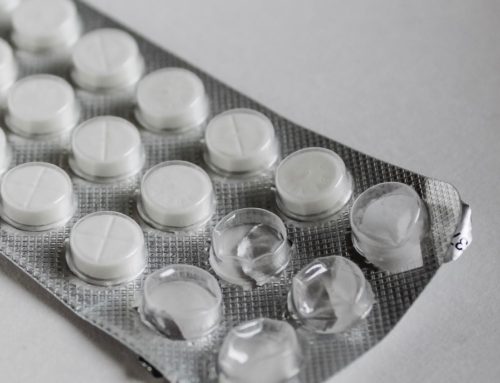There’s a problem with making Greek yogurt, and no one knows how to solve it.
Yogurt in moderate quantities can be a good addition to your diet. It provides the probiotics your microbiome needs to keep you healthy. Producing Greek yogurt, though, is a challenge. The problem is the making of Greek yogurt produces large amounts of waste that no one knows what to do about.
The Problem
Greek yogurt is thick because most of the liquid is strained from the yogurt. The strained liquid becomes acidic whey1, and discarding it safely has been a challenge.
How big of a problem is this? Well, ¾ of the milk used to produce Greek yogurt becomes whey. That all needs needs to be disposed somehow. That means for each container of Greek yogurt in your grocery store, we have three containers of waste to deal with.
Yogurt manufacturers can’t dump the whey into the river because it would cause the bacteria population to explode. The acidic whey would drop the pH level of the water and make the river a prime breeding ground for bacteria. They would use up most of the oxygen in the river, killing the fish.
It’s a big problem. Greek yogurt is a $2 billion industry each year.
Aren’t There Other Ways to Make Greek Yogurt?
Yes, there are. If you’ve ever made a roux or a creamy soup, you know adding thickeners like starch makes food creamier. Food manufacturers could add powdered protein or starches instead of straining the yogurt. Most companies, however, stick to the traditional method of draining the yogurt (and producing lots of whey). They think traditional yogurt is more appealing to consumers.
Are There Any Solutions?
Yes, but none of them fully solve the problem. Most yogurt manufacturers now truck the whey to farmers, who then spread it on their fields as fertilizer. Spread too much whey on the fields, though, and it’ll run off into streams and cause bacteria population booms.
Another solution is putting the whey in anaerobic digesters2. These are tanks full of hungry bacteria that will break down the whey. The bacteria will also produce biogas, a source of energy, as a byproduct. This sounds like a viable solution, but it’s not perfect solution either. Anaerobic digesters aren’t cheap. It’s still more cost-effective to buy energy from the local utility than to put whey in anaerobic digesters.
Alternately we could eat regular yogurt more often as well as the thick Greek yogurt for a treat.
Thought of ways to deal with the whey? Share your thoughts with us in the comments!




